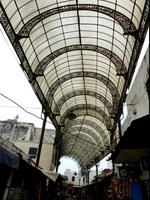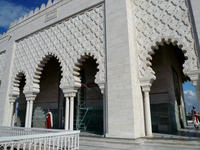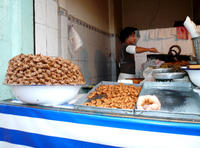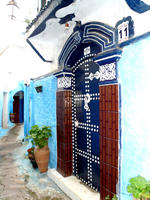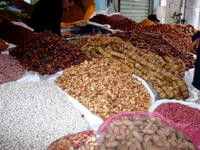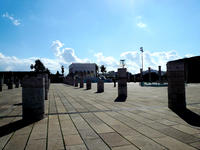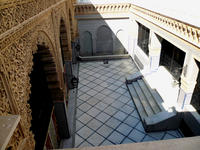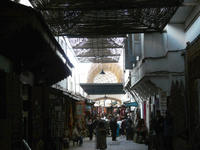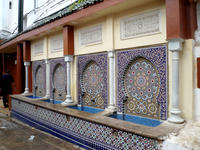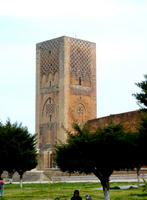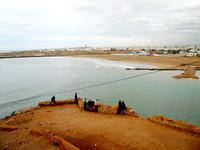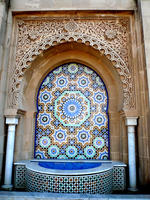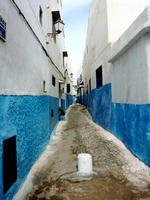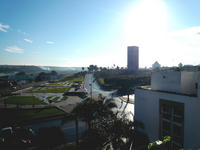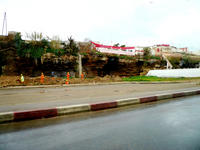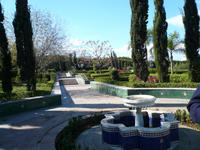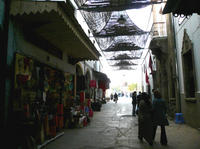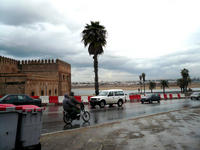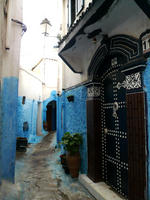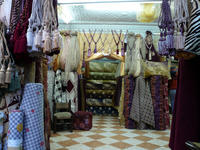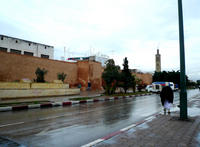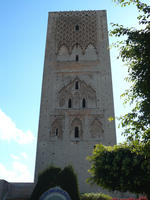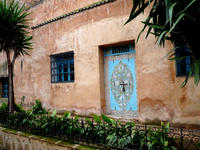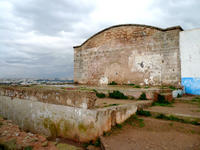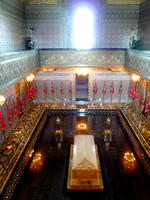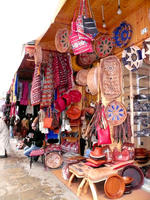You are in: Africa -> Morocco -> Rabat, Modern Capita... , and traditional search or Image Gallery will yield results of this site only
Rabat, Modern Capital and Historic City: a Shared Heritage
| Site number: | 1401 |
|
| Type of site: | Cultural | |
| Date: | 12th century - | |
| Date of Inscription: | 2012 | |
| Location: | Africa, Morocco, Rabat | |
Up to 75 images are shown here. Click on each for more details or on Image Gallery for more images.
Six official UN languages:
Arabic,
Chinese,
English,
French,
Russian,
Spanish
Other languages: Afrikaans, Aragonese, Armenian, Basque, Belarusian, Bulgarian, Catalan, Chuvash, Croatian, Czech, Danish, Dutch, Esperanto, Estonian, Finnish (Suomi), Georgian, German, Greek, Hebrew, Indonesian, Italian, Japanese, Korean, Latvian, Lithuanian, Mazandarani, Norwegian-Bokmai, Norwegian-Nynorsk, Persian, Polish, Portuguese, Scots, Swedish, Tamil, Thai, Turkish, Ukrainian, Urdu, Vietnamese, Waray-Waray
Other languages: Afrikaans, Aragonese, Armenian, Basque, Belarusian, Bulgarian, Catalan, Chuvash, Croatian, Czech, Danish, Dutch, Esperanto, Estonian, Finnish (Suomi), Georgian, German, Greek, Hebrew, Indonesian, Italian, Japanese, Korean, Latvian, Lithuanian, Mazandarani, Norwegian-Bokmai, Norwegian-Nynorsk, Persian, Polish, Portuguese, Scots, Swedish, Tamil, Thai, Turkish, Ukrainian, Urdu, Vietnamese, Waray-Waray
| Description: | Located on the Atlantic coast in the north-west of Morocco, the site is the product of a fertile exchange between the Arabo-Muslim past and Western modernism. The inscribed city encompasses the new town conceived and built under the French Protectorate from 1912 to the 1930s, including royal and administrative areas, residential and commercial developments and the Jardins d’Essais botanical and pleasure gardens. It also encompasses older parts of the city dating back to the 12thcentury. The new town is one of the largest and most ambitious modern urban projects built in Africa in the 20thcentury and probably the most complete. The older parts include Hassan Mosque (begun in 1184) and the Almohad ramparts and gates, the only surviving parts of the project for a great capital city of the Almohad caliphate as well as remains from the Moorish, or Andalusian, principality of the 17th century. --WHMNet's description is from WHC Site, where additional information is available. | |
| Rabat has a relatively modern history compared to the ancient city of Sala. In 1146, the Almohad ruler Abd al-Mu'min turned Rabat's ribat into a full scale fortress to use as a launching point for attacks on Spain. In 1170, due to its military importance, Rabat acquired the title Ribatu l-Fath, meaning "stronghold of victory," from which it derives its current name. Yaqub al-Mansur (known as Moulay Yacoub in Morocco), another Almohad Caliph, moved the capital of his empire to Rabat. He built Rabat's city walls, the Kasbah of the Udayas and began construction on what would have been the world's largest mosque. However, Yaqub died and construction stopped. The ruins of the unfinished mosque, along with the Hassan Tower, still stand today. Yaqub's death initiated a period of decline. The Almohad empire lost control of its possessions in Spain and much of its African territory, eventually leading to its total collapse. In the 13th century, much of Rabat's economic power shifted to Fez. In 1515 a Moorish explorer, El Wassan, reported that Rabat had declined so much that only 100 inhabited houses remained. An influx of Moriscos, who had been expelled from Spain, in the early 17th century helped boost Rabat's growth. --Wikipedia. Text is available under the Creative Commons Attribution-ShareAlike License. | ||
| Source: | http://whc.unesco.org/en/list/1401 | |
| Reference: | 1. UNESCO World Heritage Center (http://whc.unesco.org/en/list/1401). 2. Wikipedia. | |





